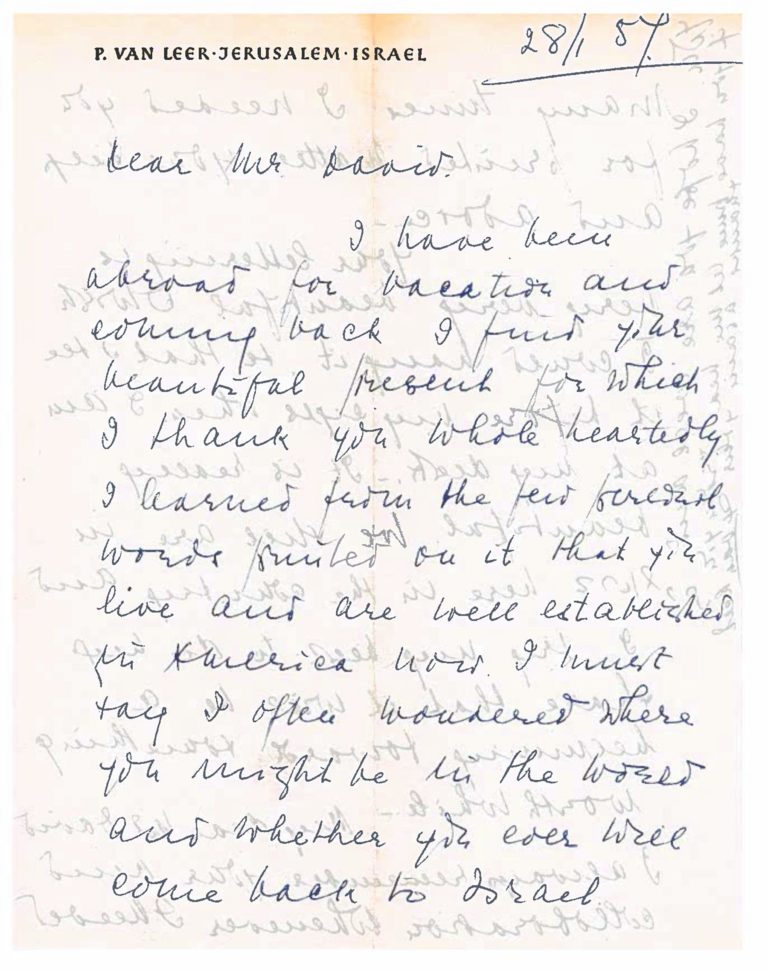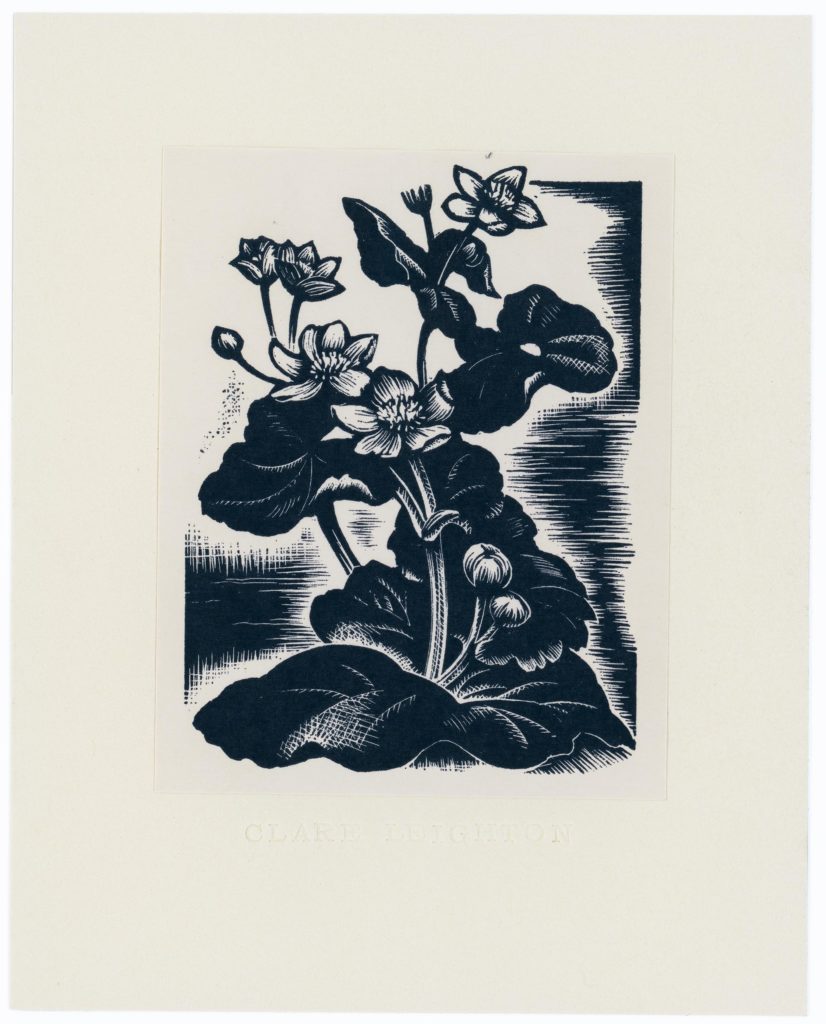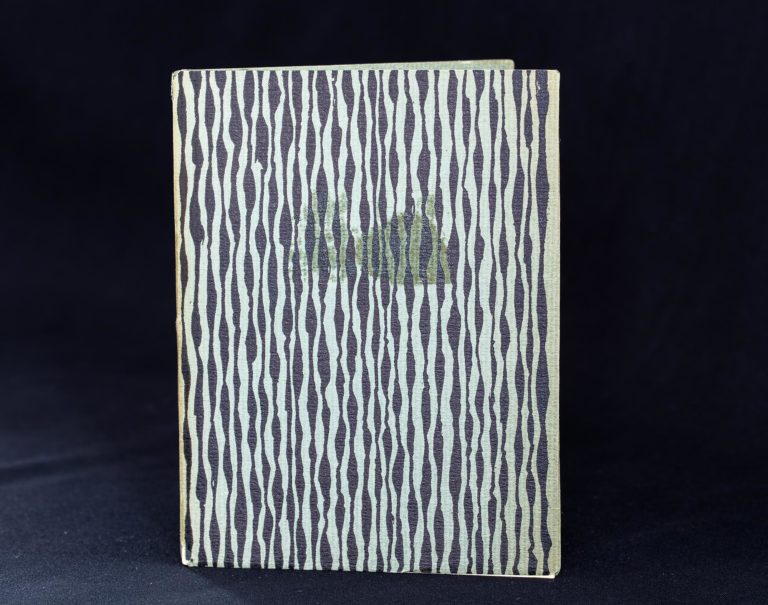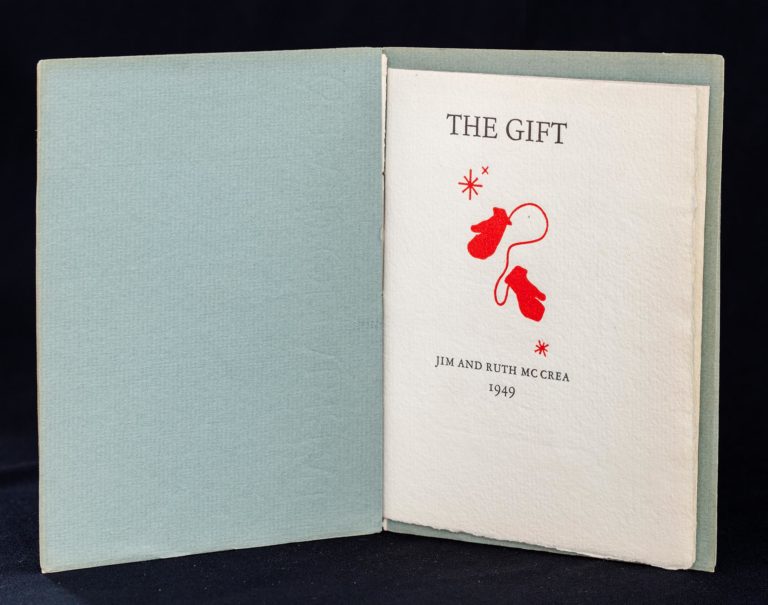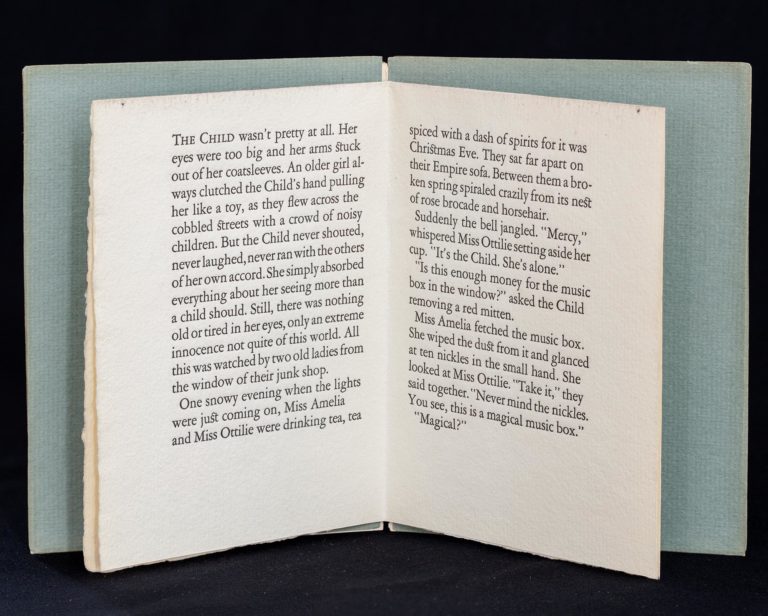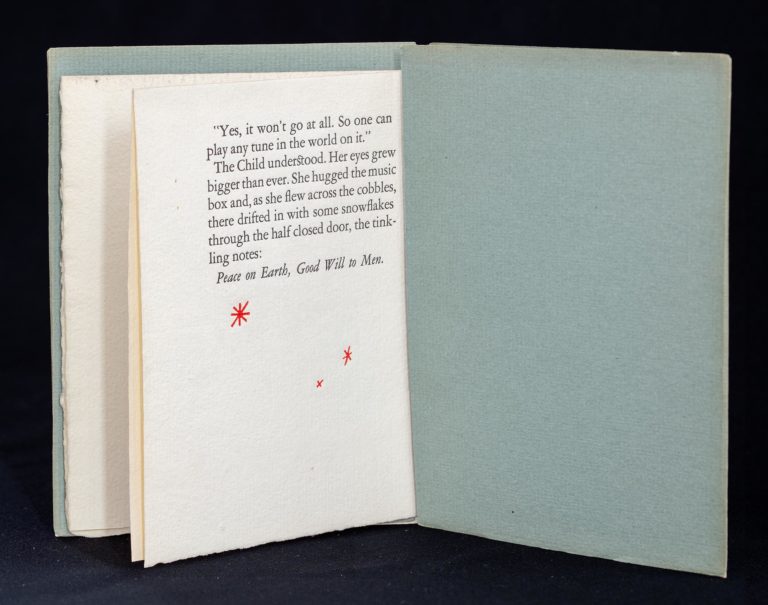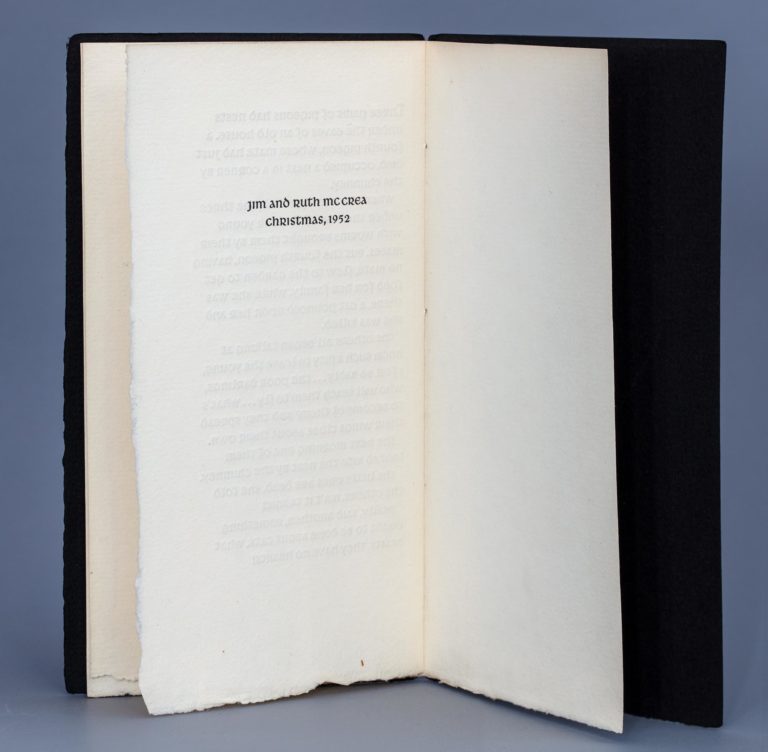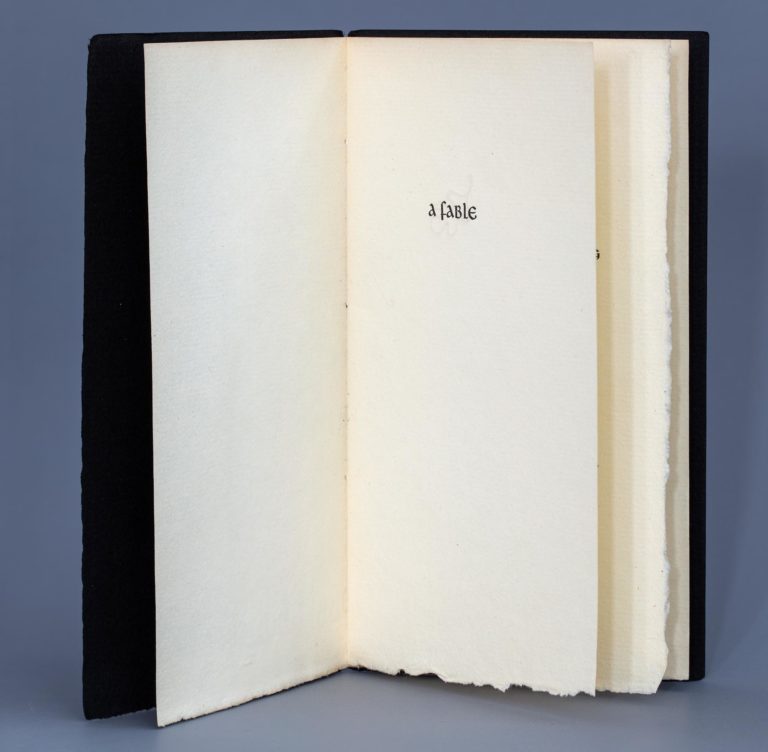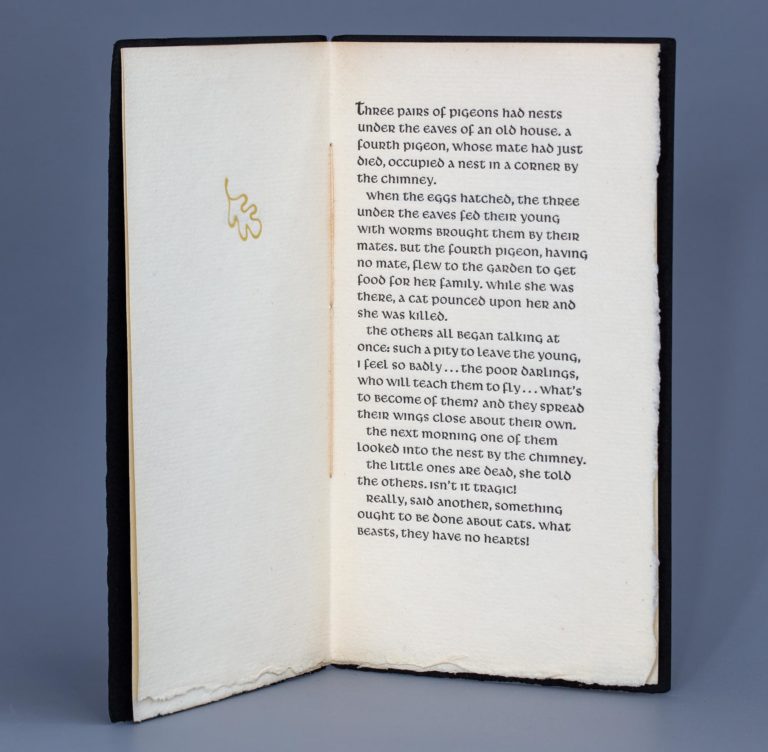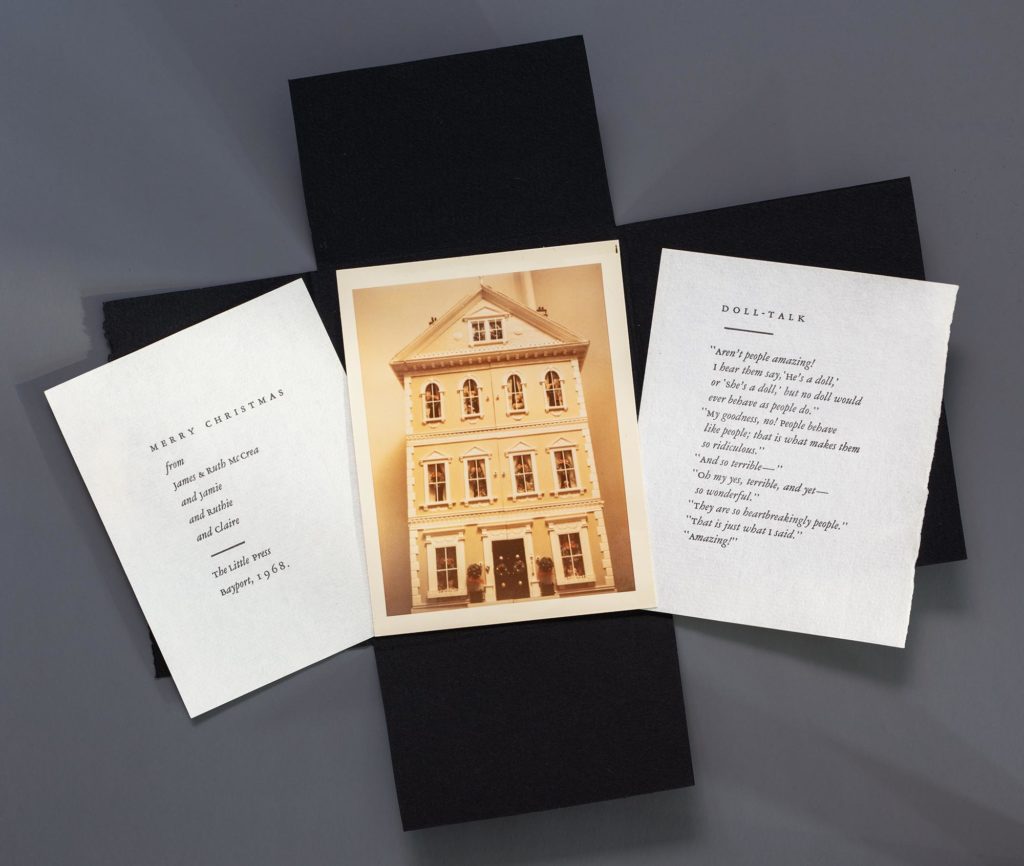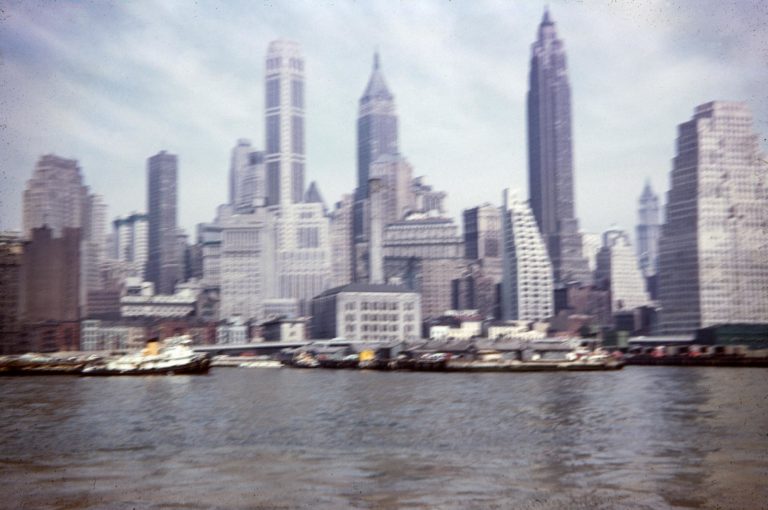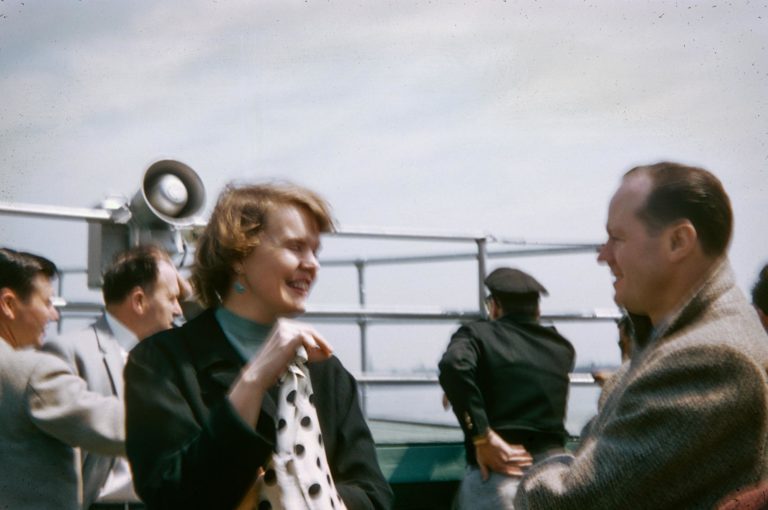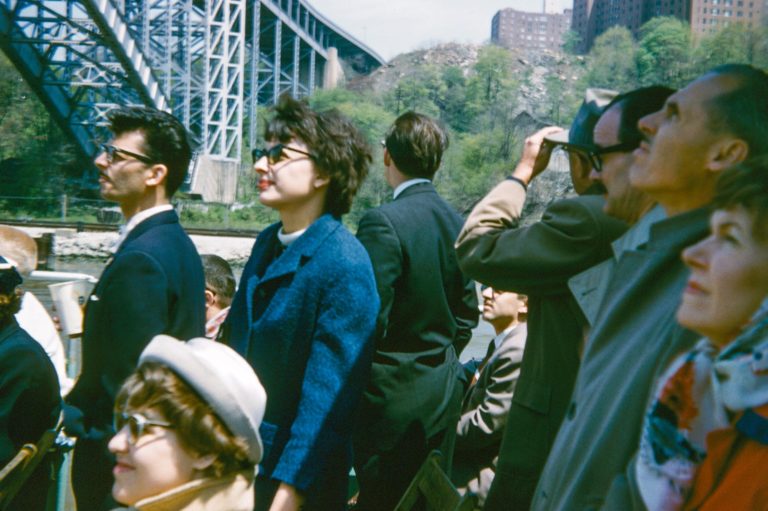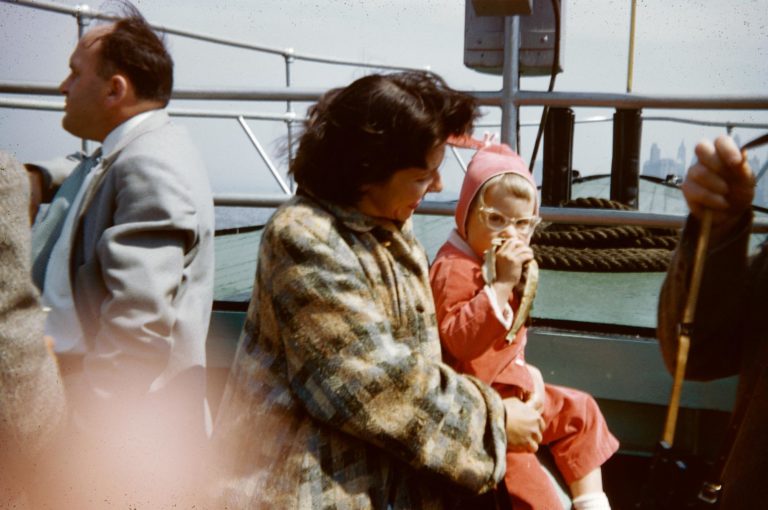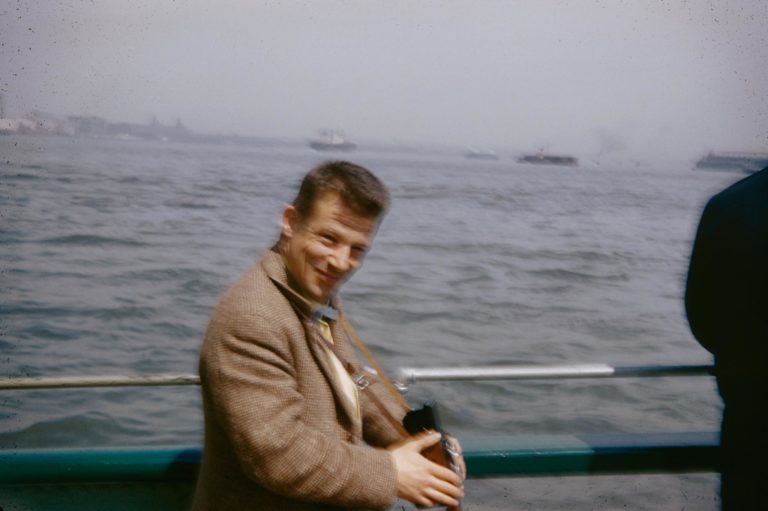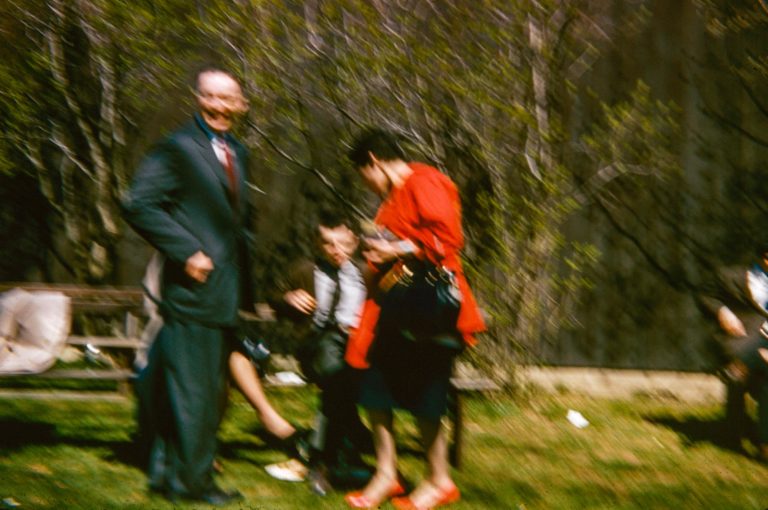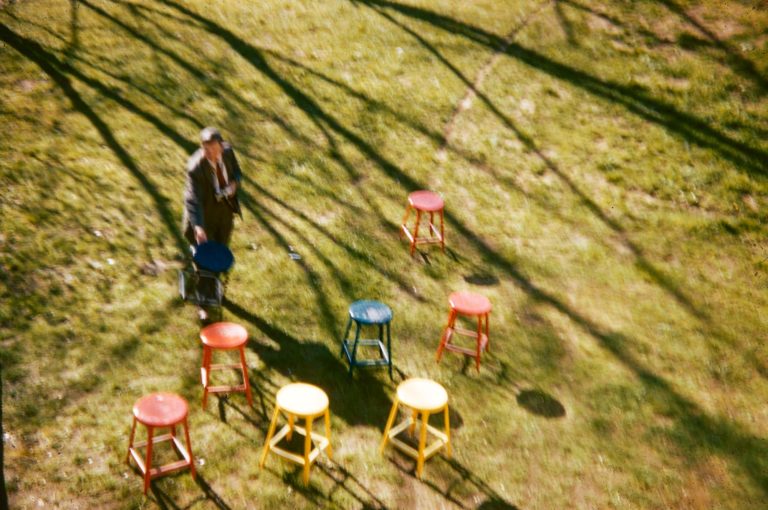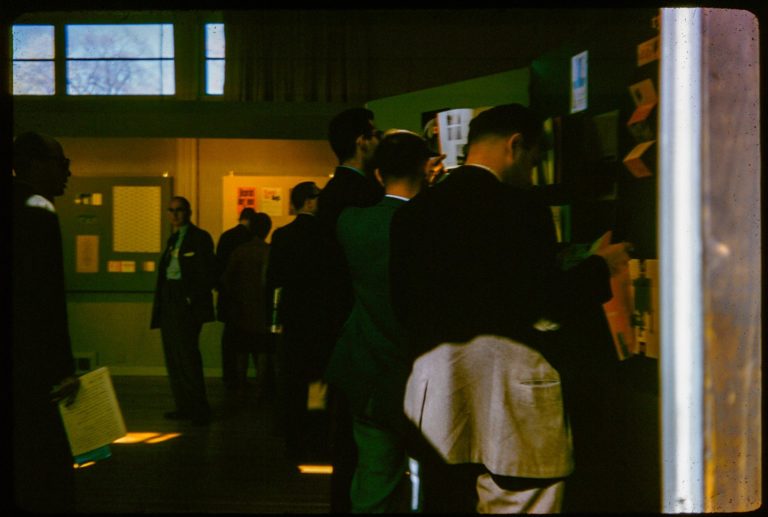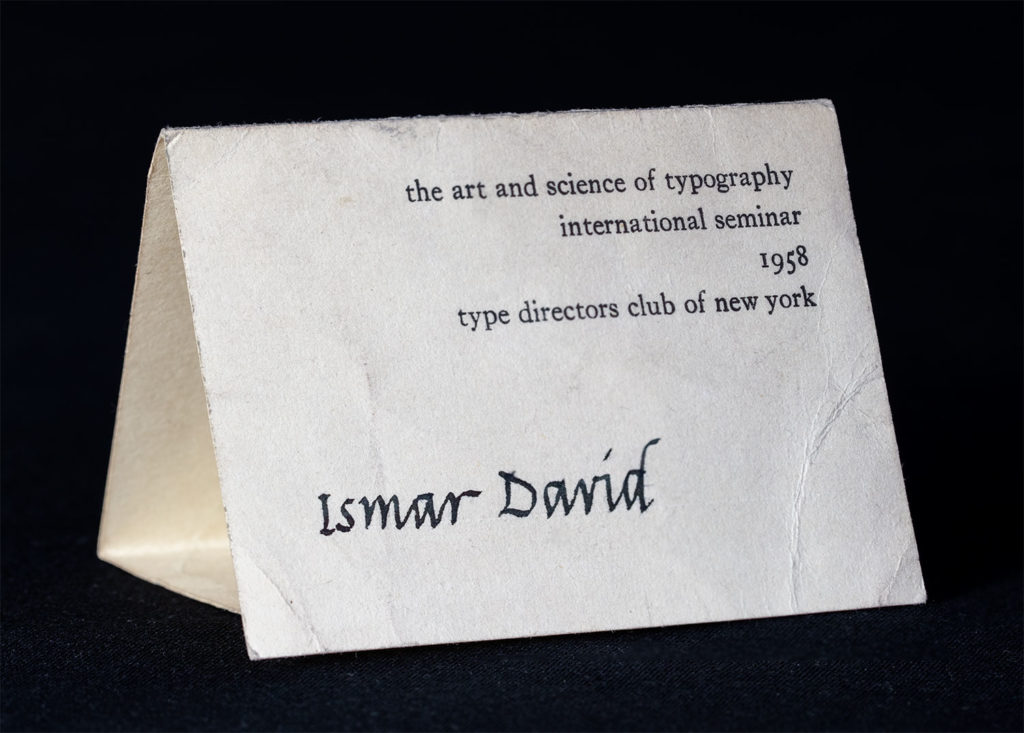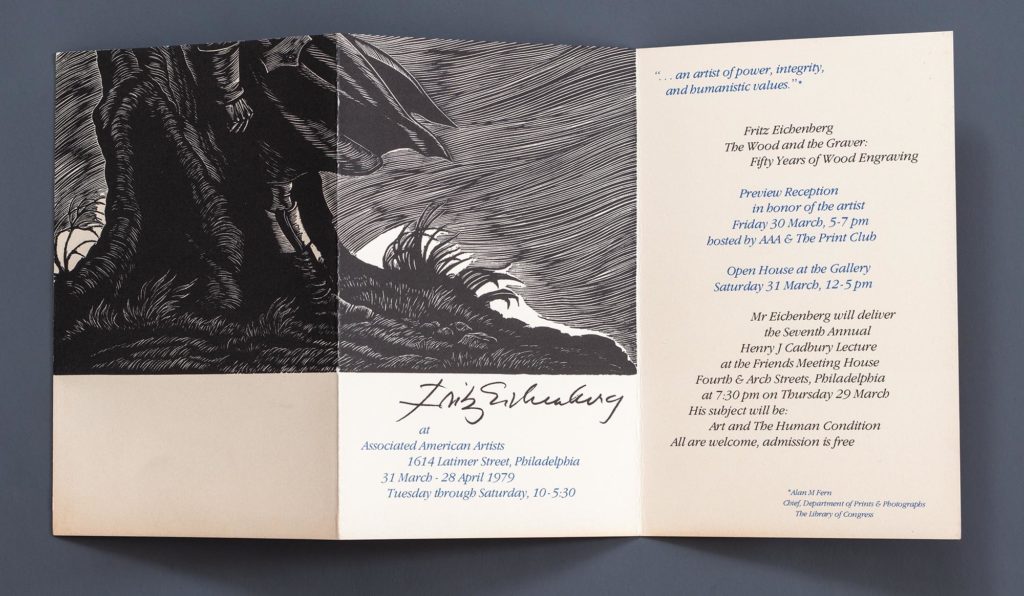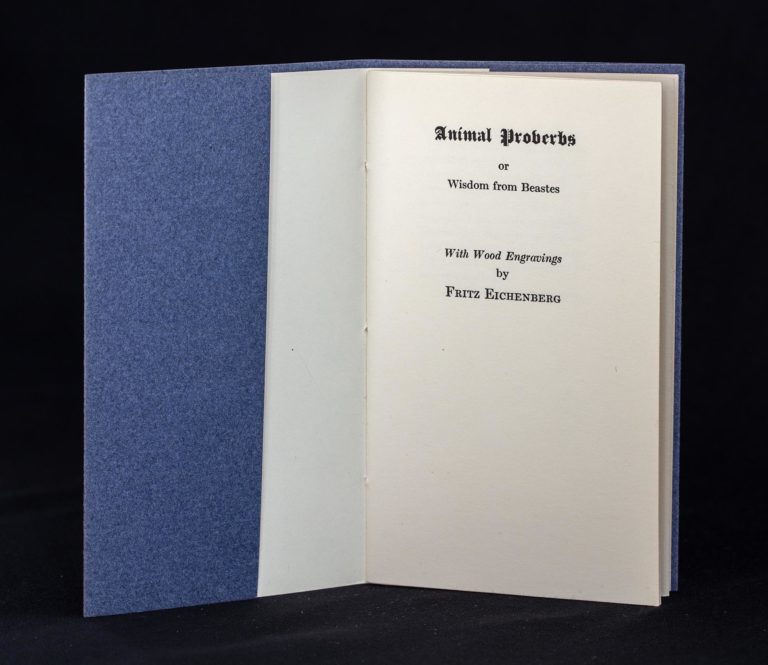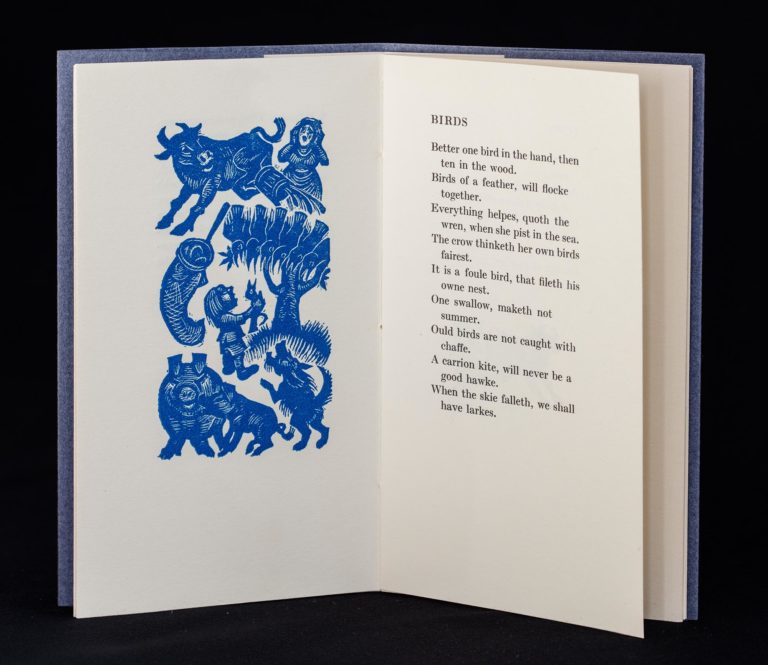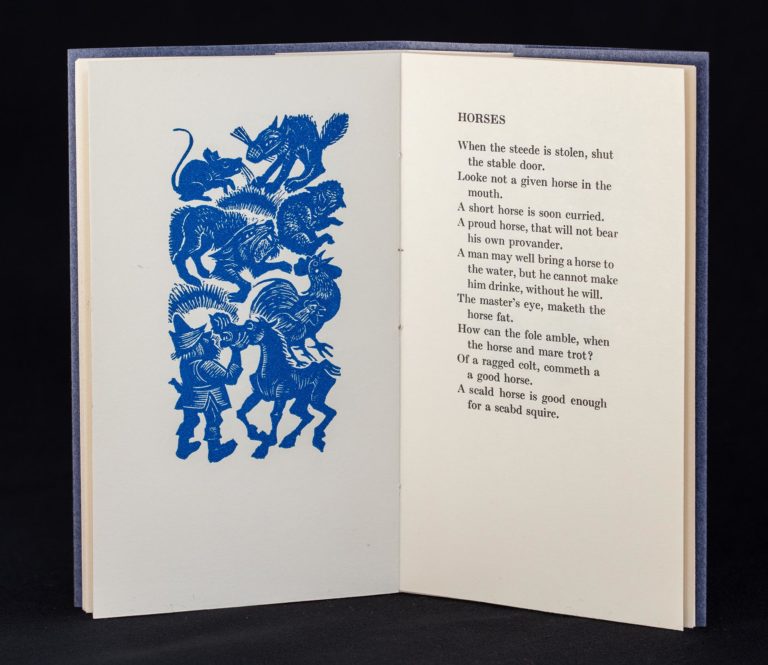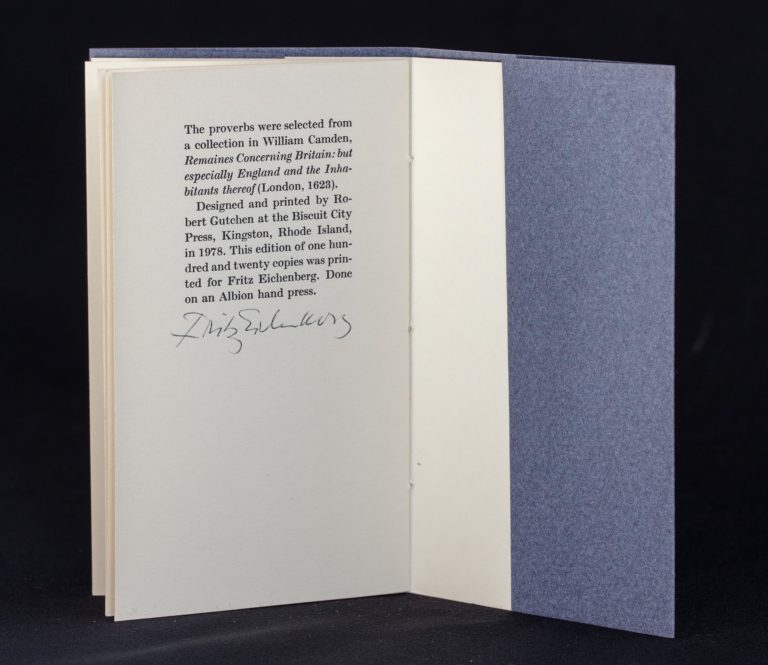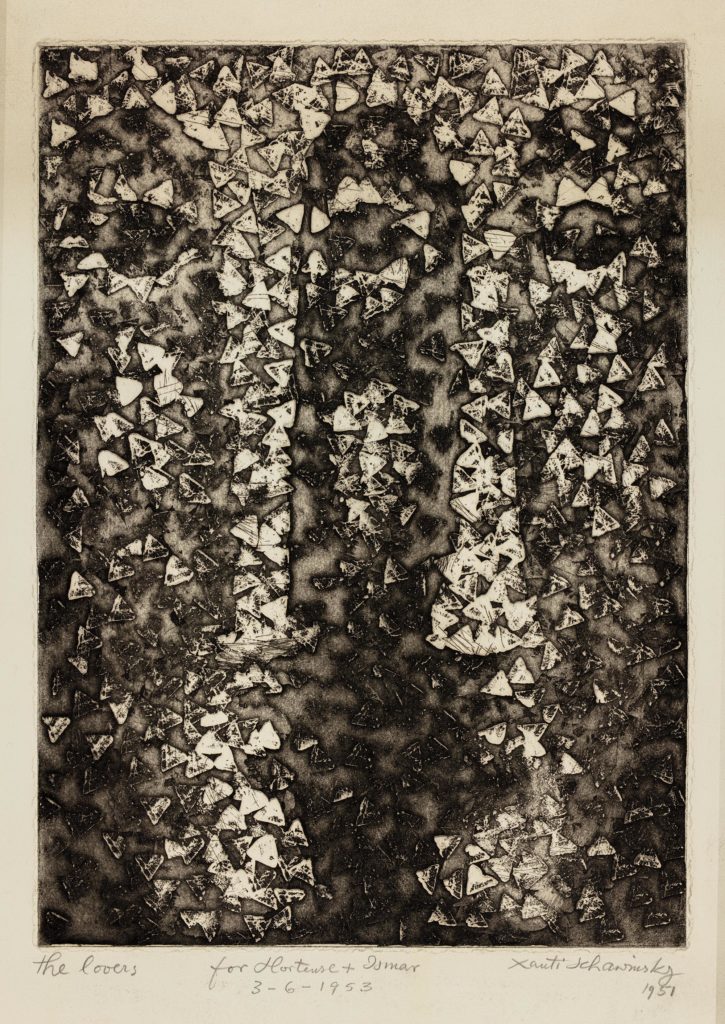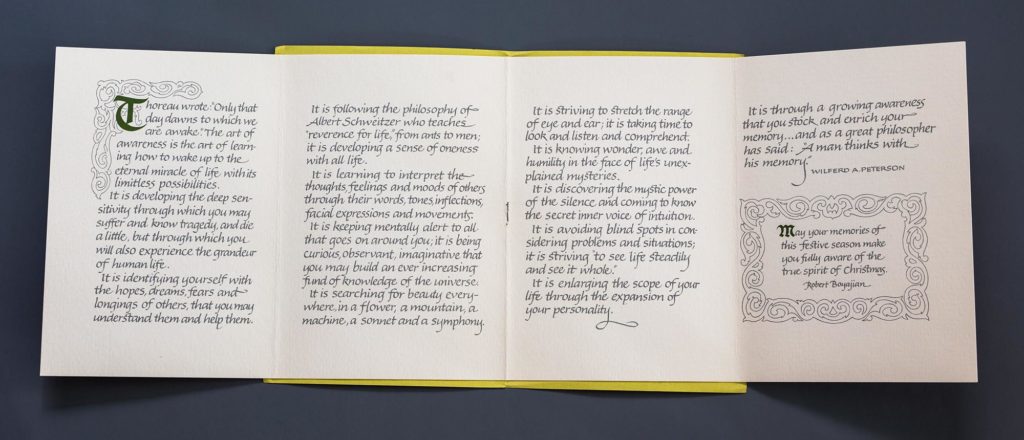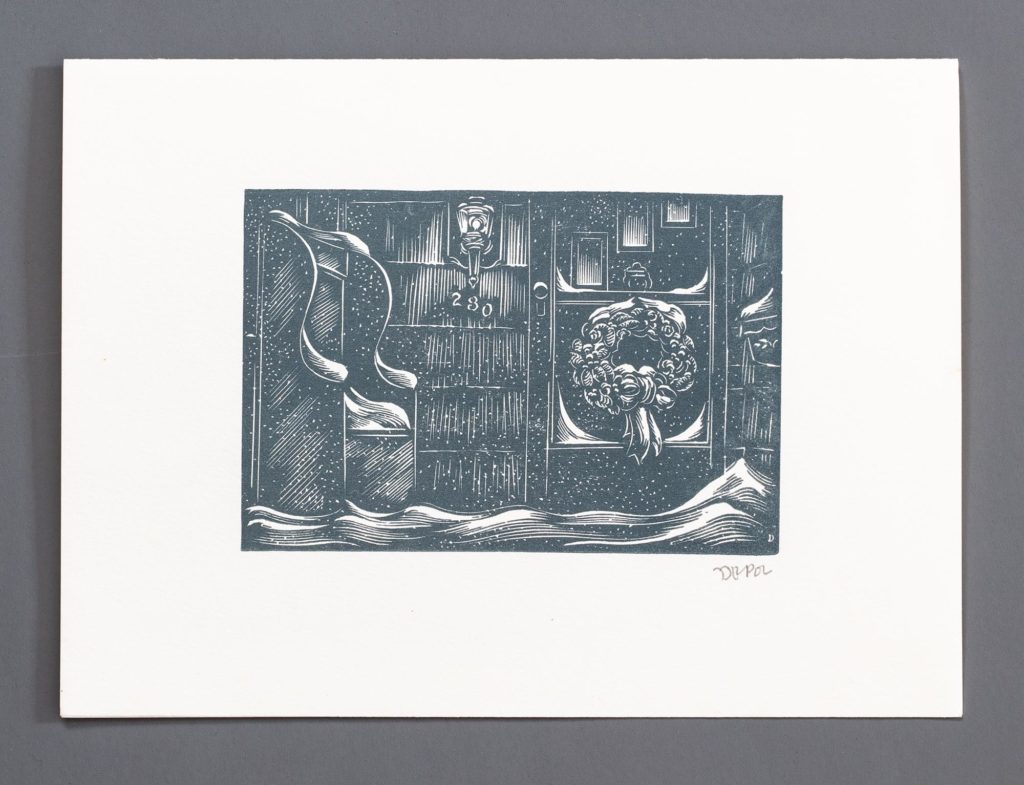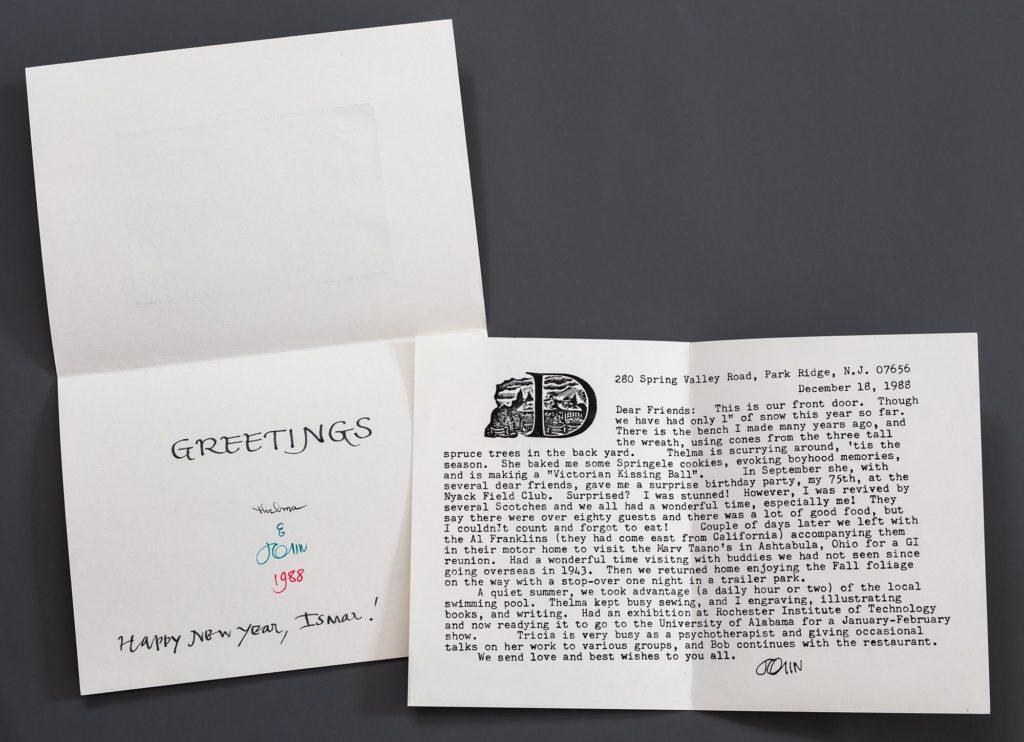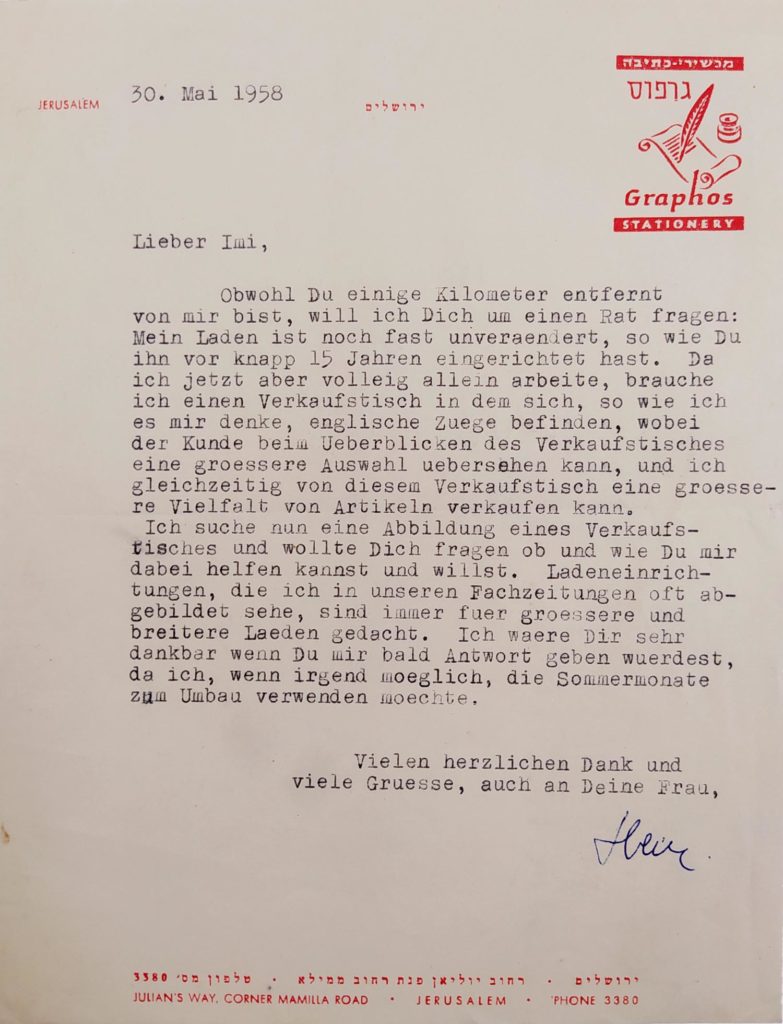Polly Van Leer, 1894–1974, philanthropist, founder of the Van Leer Institute in Jerusalem.
Pauline Henriette Josephine Reubens was born in Amsterdam, the youngest daughter of a securities broker. She married industrialist, philanthropist and circus owner Bernard Van Leer in 1912 and had two sons in 1913 and 1914 respectively. She and her older son Oscar settled in Jerusalem.
Polly Van Leer established the Reubeni Foundation and, in 1959, The Van Leer Jerusalem Institute, which today continues her vision of a multi-disciplinary, pluralistic approach to addressing cultural and political issues.
“Awareness of the triple truth—the inseparable connection between all human beings, their inevitable interdependence and the equality of value of their diverse contributions—is a solid foundation and perhaps the only reliable foundation on which a true human brotherhood on earth can be built.1Quoted by Nadav S. Berman”
Ismar David created personal and business graphics for Polly Van Leer. In 1954, he sent her his Genesis page from Liber Librorum. She responded:
Dear Mr. David,
I have been abroad for vacation and coming back I find your beautiful present for which I thank you wholeheartedly. I learned from the few personal words printed on it that you live and are well established in America now. I must say I often wondered where you might be in the world and whether you ever will come back to Israel. Many times I needed you for printed matter. Your help and advice.-
Your lettering is very very beautiful. I wish I could hang it, so that I see it before my eyes when I am at my desk. It is really beautiful. We still are in בראשית [the beginning] here in the country and I try my best to do my share that it will be a beginning toward something worthwhile.
My dear Mr. David, I always remember your kind collaboration. Whenever I needed you. I hope you are well and if you have time let me hear from you.
Thanks again your P. van Leer


























